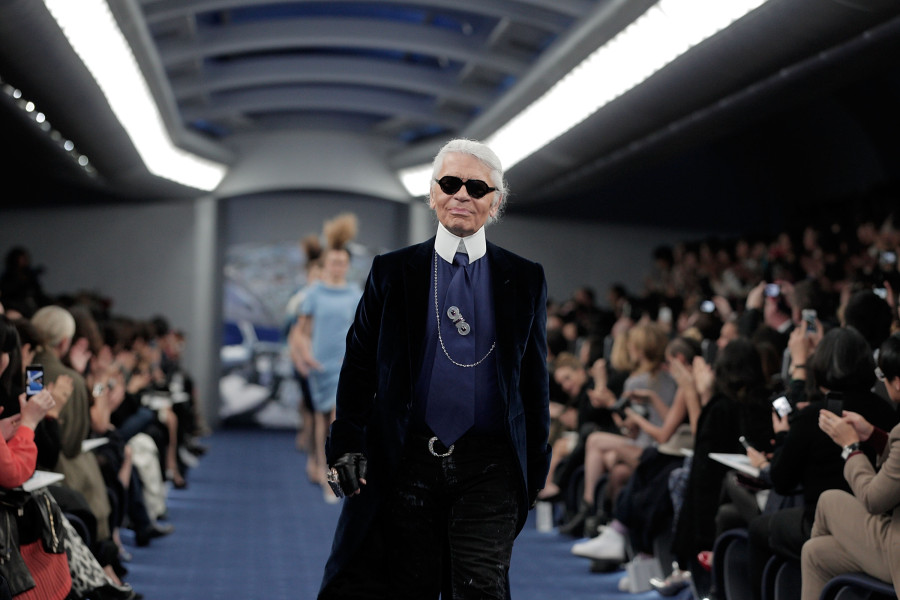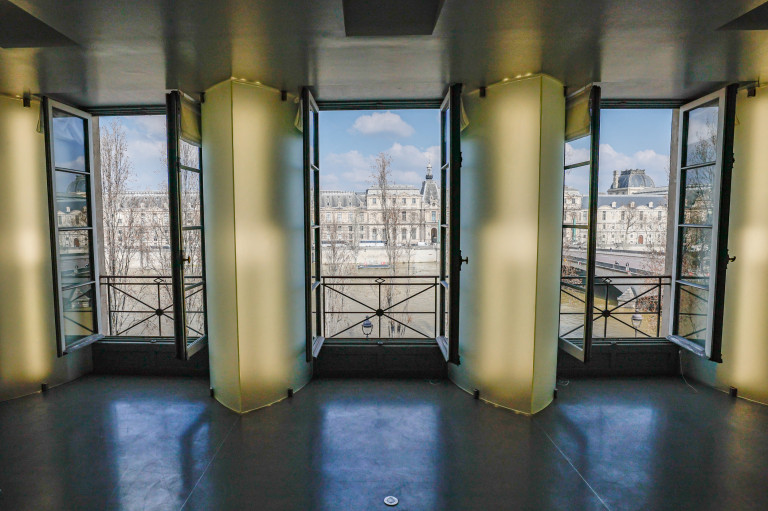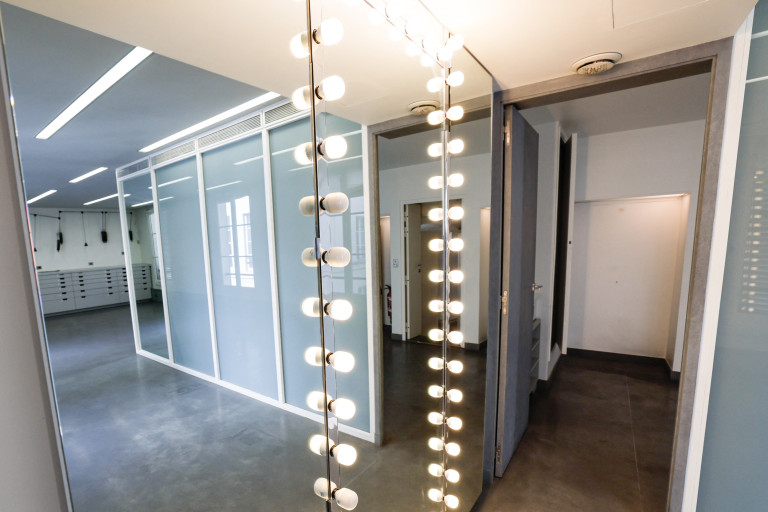
Famed Chanel and Fendi creative director Karl Lagerfeld's Paris apartment has sold for $10.8 million to an unknown buyer. Lagerfeld, who had a net worth of $300 million when he passed away in 2019, owned nearly 20 homes with carefully curated aesthetics, including an 80s Memphis-design Monte Carlo pied-à-terre and an Art Nouveau-inspired Rome apartment furnished with Wiener Werkstätte pieces. His eclectic homes are detailed in Karl Lagerfeld: A Life in Houses along with a coffee table book written by Patrick Mauriès and Marie Kalt released in January.
"It was always changing from one atmosphere to another, from antiquarian interiors to ultra-modern ones," Mauriès told CNN Style. "He's a singularity in that there is no unity in his type of decoration."

The 17th-century Paris apartment, which he lived in over the 10 years leading up to his death, is located in the Saint-Thomas-d'Aquin district overlooking the left bank of the Seine. Lagerfeld spent two years renovating the space to fit his desired futuristic vibe, incorporating concrete floors, sandblasted glass walls and bright white lights into the 2,800-square-foot space. The white, silver and gray apartment is a stark contrast from the opulent haute couture gowns Lagerfeld designed, but the aesthetic reprieve was intentional and crafted as a place to detach.
"I wanted an apartment with glass and transparency everywhere, lit to death, because I live in over-lit conditions," Lagerfeld told Architectural Digest France in 2012.
The lair also featured stark stainless steel appliances, glass bookcases and storage cylinders from now-defunct French boutique Colette to further mimic the space age theme. The art and furniture, including an armchair by Jean-Marie Massaud for Cassina and a sleek console chest by Martin Szekely, were sold by Sotheby's.

A 540-square-foot dressing room with boutique-like cabinetry also graced the avant-garde space and we'd expect nothing less from the fashion industry legend, who was always rocking a suit and tie, dark sunglasses and his signature ponytail.
Lagerfeld not only lent his creativity to his personal residences, but also designed multiple luxury hotels, including Monaco's Hotel Metropole Monte-Carlo and Sofitel SO Singapore, and developed his own hospitality brand, Karl Lagerfeld Hotels & Resorts, in 2016.
"He had an affinity for pushing creative boundaries and is a true inspiration to interior designers as both an icon and creative force," interior and product designer Elnaz Namaki told Mansion Global.
In fashion, Lagerfeld has been continually praised for his ability to draw from both the past and present and infusing his cultured polyglot persona into his creations. He modernized the Chanel brand by adding shoulder pads to its signature tweed jackets, shortening and tightening skirts and revamping the double C logo by translating it onto prints. All of these innovations might have been controversial to Coco Chanel, but ultimately helped the brand achieve immense commercial success.
"Karl Lagerfeld forged the modern template for rejuvenating a heritage brand, and he was unique in being able to keep Chanel vibrant and contemporary for many decades with his design prowess, vast culture and an unrivaled work ethic," said Miles Socha, editor-in-chief of WWD in an interview with CNN Style. "In many ways, he is irreplaceable, the likes of which we might never see again."







